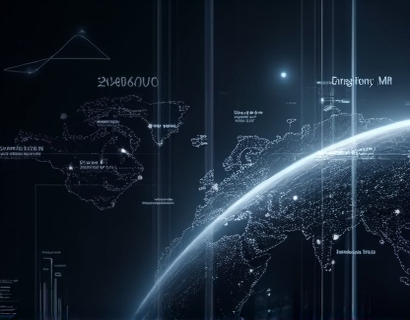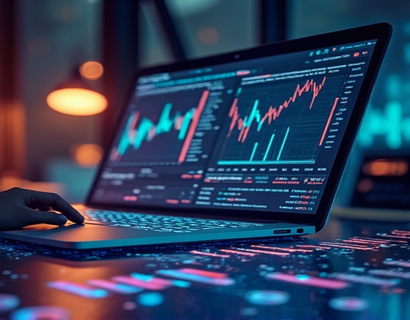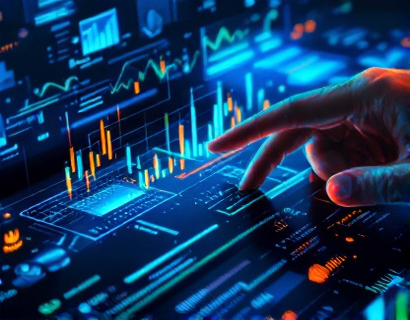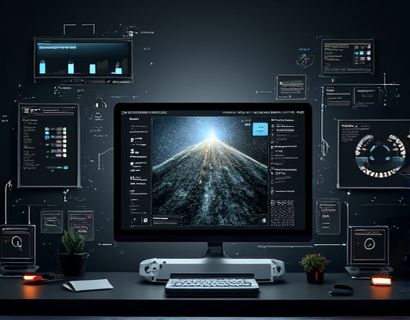Optimize Your Aquaponics Business with Advanced Management Software
In the rapidly evolving world of sustainable agriculture, aquaponics stands out as a promising method that combines fish farming and hydroponic plant cultivation in a symbiotic environment. To thrive in this niche, aquaponics businesses must adopt advanced management software that streamlines operations, boosts productivity, and enhances sustainability. This article delves into the benefits of utilizing sophisticated software solutions designed specifically for aquaponics, highlighting how these tools can transform your business and contribute to a greener future.
Understanding the Importance of Advanced Management Software in Aquaponics
Aquaponics systems are complex ecosystems that require precise monitoring and control to maintain optimal conditions for both fish and plants. Advanced management software is essential in this context as it provides real-time data and insights, enabling farmers to make informed decisions quickly. These tools help in managing various parameters such as water quality, temperature, pH levels, and nutrient concentrations, ensuring that the environment remains conducive for the health and growth of both aquatic and terrestrial components.
Key Features of Advanced Management Software for Aquaponics
1. Real-Time Monitoring: Advanced software offers continuous monitoring of critical parameters, alerting farmers to any deviations from the ideal conditions. This feature is crucial for early detection of issues, allowing for prompt corrective actions.
2. Automated Control Systems: Integration with automated hardware enables precise control over system variables. For instance, the software can automatically adjust pumps, filters, and aerators to maintain optimal conditions without manual intervention.
3. Data Analytics and Reporting: Comprehensive data collection and analysis tools provide valuable insights into system performance over time. These analytics help in identifying trends, optimizing resource use, and improving overall efficiency.
4. Integration Capabilities: Modern software solutions can integrate with a wide range of devices and systems, including sensors, controllers, and even external platforms for marketing and sales. This interconnectedness streamlines operations and enhances decision-making.
Enhancing Productivity Through Precision Management
One of the primary benefits of using advanced management software in aquaponics is the significant boost in productivity. By maintaining precise control over environmental conditions, farmers can achieve higher yields and faster growth rates for both fish and plants. For example, optimal oxygen levels and temperature control can lead to healthier fish, while consistent nutrient delivery ensures robust plant growth.
Moreover, the automation of routine tasks reduces the workload on farm staff, allowing them to focus on more strategic activities. This not only improves efficiency but also reduces the risk of human error, further enhancing the reliability of the system.
Promoting Sustainability with Smart Technology
Sustainability is at the core of aquaponics, and advanced management software plays a pivotal role in achieving this goal. By optimizing resource use, these tools help minimize waste and reduce the environmental footprint of aquaponics operations. For instance, precise nutrient management prevents over-fertilization, which can lead to water pollution. Similarly, efficient water use through recirculating systems, controlled by smart software, ensures that this precious resource is used responsibly.
Additionally, the data-driven approach enabled by advanced software supports sustainable practices by providing evidence-based insights. Farmers can make informed decisions about crop rotations, fish stocking densities, and energy consumption, all of which contribute to a more sustainable operation.
Case Studies and Real-World Applications
Several aquaponics farms have successfully implemented advanced management software, yielding impressive results. One such example is a medium-sized farm in the Midwest, which integrated a comprehensive management system to monitor and control its operations. Within six months, the farm reported a 30% increase in fish yield and a 25% improvement in plant growth rates. More importantly, the farm achieved a 40% reduction in water usage and a significant decrease in energy consumption.
Another case involves a urban aquaponics project in a densely populated city. By using advanced software to manage their system, the operators were able to optimize space usage and maximize production, despite the limited area. The farm not only supplied fresh produce to local restaurants and markets but also served as an educational hub, promoting sustainable farming practices to the community.
Challenges and Considerations
While the benefits of advanced management software are clear, there are several challenges and considerations that aquaponics businesses should keep in mind. First, the initial investment in software and compatible hardware can be substantial. However, the long-term savings and increased productivity often justify this expense.
Second, the complexity of the software may require training for staff. It is essential to choose a solution that offers user-friendly interfaces and comprehensive support to ensure smooth adoption. Many providers offer training programs and customer support to help users get the most out of their systems.
Lastly, data security and privacy are critical concerns. Businesses should select software providers that prioritize data protection and comply with relevant regulations to safeguard sensitive information.
Future Trends in Aquaponics Software
The field of aquaponics software is rapidly evolving, with several emerging trends poised to further revolutionize the industry. One such trend is the integration of artificial intelligence (AI) and machine learning (ML) to predict system behavior and optimize operations even more effectively. AI can analyze vast amounts of data to identify patterns and make predictions, enabling proactive management of the aquaponics system.
Another trend is the development of cloud-based solutions, which offer scalability and accessibility. Cloud platforms allow farmers to access their system data from anywhere, facilitating remote monitoring and management. This is particularly beneficial for large-scale operations or those with multiple locations.
Furthermore, the increasing use of IoT (Internet of Things) devices is enhancing the connectivity and interoperability of aquaponics systems. Smart sensors and devices can communicate seamlessly, providing a holistic view of the operation and enabling more precise control.
Conclusion
Advanced management software is a game-changer for aquaponics businesses looking to optimize their operations, boost productivity, and enhance sustainability. By leveraging these tools, farmers can create more efficient, reliable, and environmentally friendly systems. As the industry continues to grow, the adoption of sophisticated software solutions will become increasingly essential for success. Embracing these technologies not only benefits individual businesses but also contributes to a more sustainable future for agriculture as a whole.










































